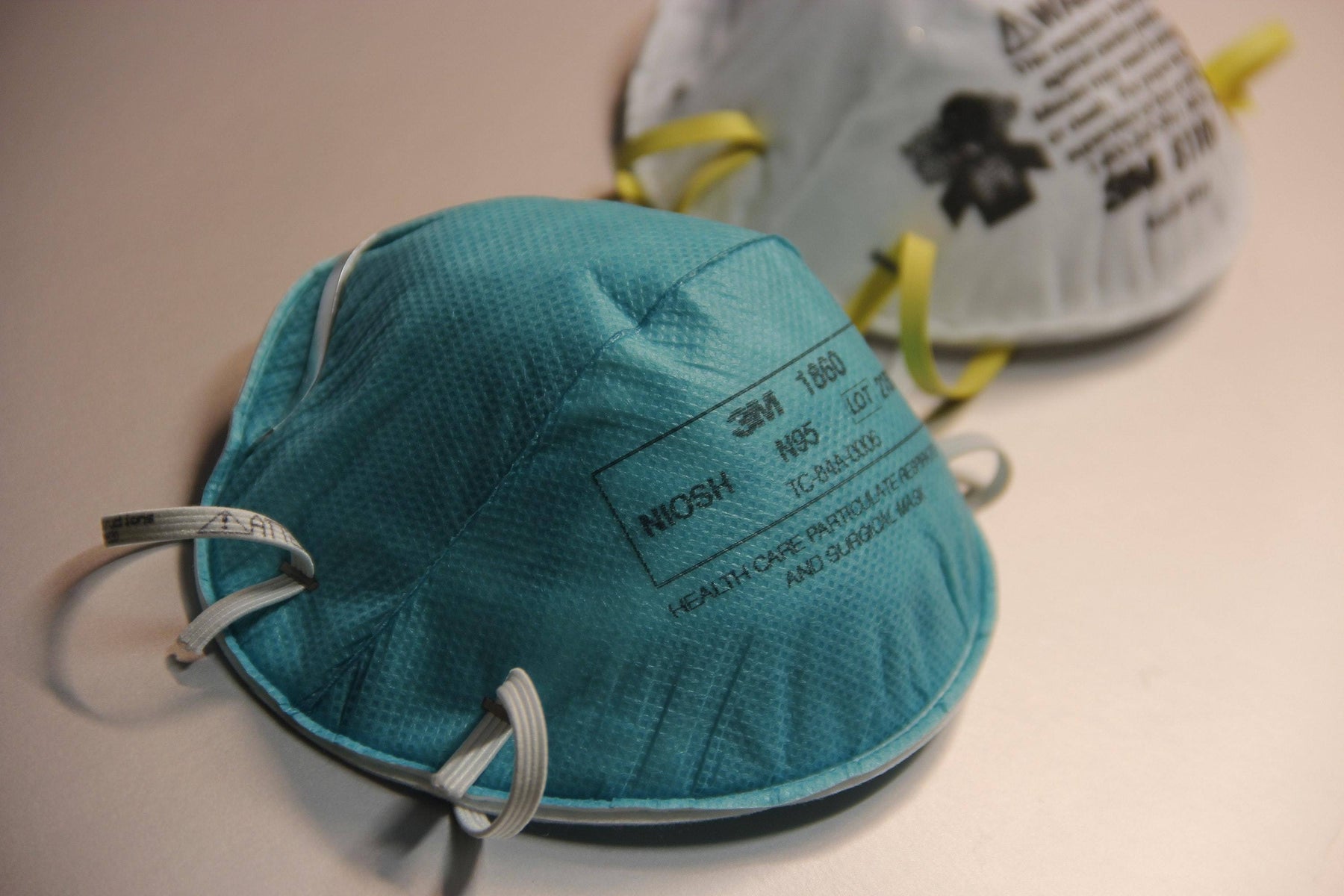
N95 Masks Are Not Your Only Option
Why KN95 masks might be the better choice for you
With the COVID-19 pandemic continuing to remain present in almost everyone’s day to day lives, understanding the proper function and use of protective gear is incredibly important. There is a lot of misinformation floating around and it can be hard to figure out what works best and what is worth the money.
There are also may differing opinions on the ideal mask for your optimal virus protection based on the conflicting information floating around. N95 masks, although more popular in the U.S. media, are not your only option when it comes to protecting yourself against the COVID-19 virus.

What is the difference between a mask and a respirator?
One of the largest sources of confusion floating around the media may be the difference between a respirator and a mask. A mask does not filter small particles. It mainly acts as a barrier that catches larger particles coming toward you.
A respirator, on the other hand, is designed to filter around 95% of particles as small as 0.3 microns in diameter. Respirators are also designed to seal directly to the skin around your nose and mouth while a cloth mask may have some gaps around the edges that lay on the nose, cheeks, or chin.
Why does a cloth mask not provide as much protection as a respirator?
For much of the pandemic, the CDC has recommended that N95 and KN95 masks be reserved for those practicing medicine, forcing the general public to utilize cloth masks. As mentioned above, cloth masks prevent larger particles from entering your system. However, a cloth mask is most productive at keeping any contagious particles the wearer could be spreading contained.
Even though a cloth mask is not necessarily the best protection for an individual, it can keep those around the wearer protected. However, if you would like the safety and comfort of a mask that does both, KN95 and N95 respirators are the way to go.
How does an N95 respirator work?
N95 respirator masks are the standard protective mask utilized in the medical profession in the United States. These masks generally undergo a strict inspection before being cleared for use. These masks are also usually fitted precisely for the wearer, ensuring the edges are sealed to the skin, allowing for the ability to filter 95% of exterior particles.
N95 masks, although known to be uncomfortable to breathe in, have shown to be incredibly effective at protecting those coming in close contact with people affected by contagious illnesses.
How does a KN95 respirator work?
The KN95 respirator masks are more or less the same as the N95 mask. Both masks filer 95% of particles as small as 0.3 microns. The main difference is how each mask is inspected and certified. As mentioned above, N95 masks are the U.S. standard, while KN95 masks are actually the standard in China.
Therefore, those in the medical field in the United States are only approved to use specifically N95 masks, even though both N95 and KN95 masks provide the same level of protection.

How is a KN95 or N95 mask properly worn?
The main struggle around the efficiency of both the N95 masks and the KN95 mask when utilized be the general public lies mainly on proper fitting of the mask itself. Those in the medical field have systems in place to ensure that their masks are correctly sealed and fitted to their faces, forcing all particles to filter through the mask. If worn incorrectly and improperly sealed, both the N95 and KN95 masks will allow air to slip through around the edges and with that air, particles can tag along as well, rendering the filter useless if in contact with anyone who may be contagious.
How to identify counterfeit N95 and Kn95 masks?
Unfortunately, with the demand for both N95 and KN95 masks skyrocketing this past year, so has the prevalence of counterfeit or fake N95 and KN95 masks. Counterfeit respirators are dangerous because they do not go through the rigorous inspections and reviews that the official N95 and KN95 masks are put through to ensure optimal protection.
There are a few ways to identify a counterfeit respirator. The main indicator that you may be dealing with a fake N95 mask is the NIOSH label. If a mask does not have this label or has this label, but it is misspelled, this mask is no good. Some other techniques to tell the difference include a lack of markings on the filtering face piece, a missing approval number, decorative additions to the fabric, claims that the mask is safe for children, and the elastic loops set to go around the ears, not the entire head.
KN95 masks are the more cost effective option.
Now that we have concluded that N95 and KN95 respirator masks are essentially the same, there is one difference outside of their mechanics and efficiency that may sway your decision when making a purchase. KN95 masks are significantly cheaper than N95 masks in the United States. As mentioned above, N95 masks are the only respirator permitted for use in the medical field in the U.S., therefore, those masks should be reserved for doctors and nurses at this time of high demand. The public is not coming in contact with contagious patients in the same high volumes as medical professionals, there for, cloth masks don’t cut it in a hospital.
Even though N95 masks and KN95 masks are essentially the same, a doctor, nurse or medical assistant is not permitted to utilize a KN95 mask if the hospital is out of N95 respirators. This raises the prices of N95 masks to over half of what KN95 masks are selling for. A box of N95 masks are being sold for upwards of $80.00 while a box of the same number of KN95 masks are being sold for around $22.00.

Leave a comment